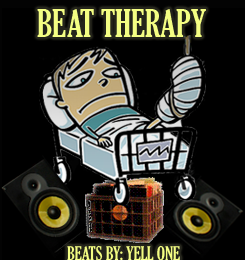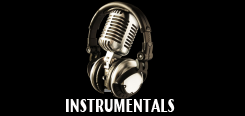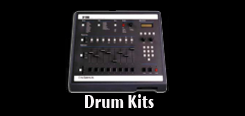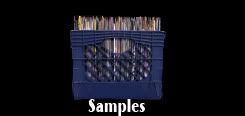Early drum machines were often referred to as "rhythm machines." In 1930–32, the spectacularly innovative and complex Rhythmicon was realized byLéon Theremin on the commission of composer-theorist Henry Cowell, who wanted an instrument with which to play compositions whose multiplerhythmic patterns, based on the overtone series, were far too difficult to perform on existing keyboard instruments. The invention could produce sixteen different rhythms, each associated with a particular pitch, either individually or in any combination, including en masse, if desired. Received with considerable interest when it was publicly introduced in 1932, the Rhythmicon was soon set aside by Cowell and was virtually forgotten for decades. The next generation of rhythm machines played only preprogrammed rhythms such as mambo, tango, or the like.
In 1947 Californian Harry Chamberlin constructed a tape loop based drum machine called the Chamberlin Rhythmate. It had 14 tape loops with a sliding head that allowed playback of different tracks on each piece of tape, or a blending between them. It contained a volume and a pitch/speed control and also had a separate amplifier with bass, treble, and volume controls, and an input jack for a guitar, microphone or other instrument. The tape loops were of real acoustic jazz drum kits playing different style beats, with some additions to tracks such as bongos, clave, castanets, etc.
In 1959 Wurlitzer released an electro-mechanical drum machine called the Sideman, which was the first ever commercially-produced drum machine. The Sideman was intended as a percussive accompaniment for the Wurlitzer organ range. The Sideman offered a choice of 12 electronically generated, predefined rhythm patterns with variable tempos. The sound source was a series of vacuum tubes which created 10 preset electronic drum sounds. The drum sounds were 'sequenced' by a rotating disc with metal contacts across its face, spaced in a certain pattern to generate parts of a particular rhythm. Combinations of these different sets of rhythms and drum sounds created popular rhythmic patterns of the day, eg waltzes, fox trots etc. These combinations were selected by a rotary knob on the top of the Sideman box. The tempo of the patterns was controlled by a slider that increased the speed of rotation of the disc. The Sideman had a panel of 10 buttons for manually triggering drum sounds, and a remote player to control the machine while playing from an organ keyboard. The Sideman was housed in a wooden cabinet that contained the sound generating circuitry, amplifier and speaker.





